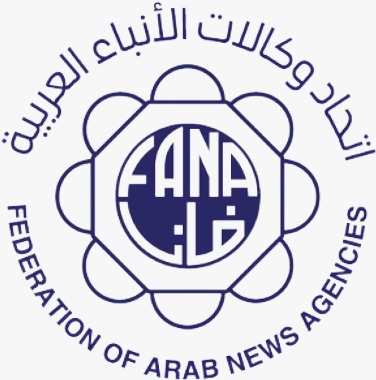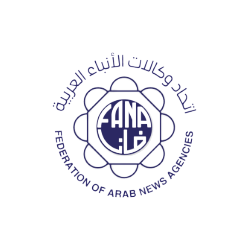
-
Arab-China Cooperation Forum to hold seventh edition on radio and television2 November 2025

-
Kuwait environmental sustainability constitutes developmental strategic pillar,

-
Qatar’s Nature Reserves: Enhancing Sustainability of Ecosystems, Preserving Wildlife

-
E-Waste Recycling: A Win-Win for the Environment and the Economy


Martyrs’ Memorial and National Museum of Moudjahid Showcase Glorious Pages of Algeria’s History
Martyrs’ Memorial and National Museum of Moudjahid Showcase
Glorious Pages of Algeria’s History
Algiers, 5 May (ONA) —— The Algerian landmark, which includes Memorial
of the Martyr, or Maqam E’chahid, and the National Museum of Moudjahid, recounts
shining pages of Algeria’s history.
The landmark, visited by His Majesty Sultan Haitham bin Tarik
today, was built to commemorate the struggle and resistance of the Algerian
people against foreign colonialism and was officially inaugurated on 5 July,
1982, marking the 20th anniversary of Algeria’s independence.
The El Hamma plateau was chosen for this monument due to its
historical and strategic significance, as it overlooks parts of Algiers. In the
past, Algerians used it as an observation post to monitor maritime activity and
the city’s coastline. It was also the site of battles against the Crusader
campaign led by Charles V on 23 October, 1541.
The Martyrs’ Memorial spans one hectare and was designed by
Algerian artist Bachir Yellès (1921–2022). It consists of two sections: an
upper section built in the form of three palm fronds, each 97 meters tall,
which intertwine at a height of 45 meters in a cylindrical structure topped by
a dome before branching out again to reach 92 meters.
Between the three fronds lies a platform dedicated to honoring
the souls of the martyrs. On the back of each frond stands a massive bronze
statue: the first symbolizes popular resistance, the second represents the
National Liberation Army, and the third signifies the National People’s Army.
The lower section houses the National Museum of Moudjahid, designed as arcades
surrounding the memorial dome, with most spaces dedicated to exhibitions and
the rest to administrative and service facilities.
In a statement to Oman News Agency (ONA), Salah Eddine Ranem,
Cultural Advisor at the National Museum of Moudjahid explained: “The museum
carries out numerous tasks, the most important being the retrieval,
restoration, preservation, and display of archival documents and museum
artifacts. It also collects, classifies, and archives firsthand accounts
related to the national movement, conducts musicological research, collaborates
with national and foreign researchers and institutions, gathers references,
exchanges scientific and technical information, publishes journals and books,
produces audiovisual materials, commemorates national holidays and historical
events, and organizes seminars, conferences, and permanent or traveling
exhibitions at home and abroad.”
He added that the museum consists of a main entrance leading to
a space dedicated to temporary exhibitions, followed by thematic wings arranged
as follows: The Popular Resistance Wing (1830–1919), the Colonial Settlement
Policy Wing, the National Movement Wing (1919–1954), and the Liberation
Revolution Wing (1954–1962).
In the Political Resistance Wing (1919–1954), visitors learn
about the various political currents that shaped the Algerian national movement
after popular resistance, including independence, reformist, and
assimilationist trends. Documents and photographs illustrate the scouting
movement’s role in instilling patriotism and moral values in Algerian youth.
The Liberation Revolution Wing (1954–1962) houses numerous
documents, photographs, diagrams, and maps, along with weapons used by the National
Liberation Army. The museum’s wings culminate in the Memorial Dome, an
exquisite Islamic architectural masterpiece adorned with gilded Quranic
inscriptions and filled with the continuous recitation of the Holy Quran.
At the center of the dome lies an illuminated rock symbolizing
the unity and resilience of the Algerian people, evoking the strongholds of the
freedom fighters. Above it, a lit space holds the museum’s Golden Register.
—— Ends/Sooban